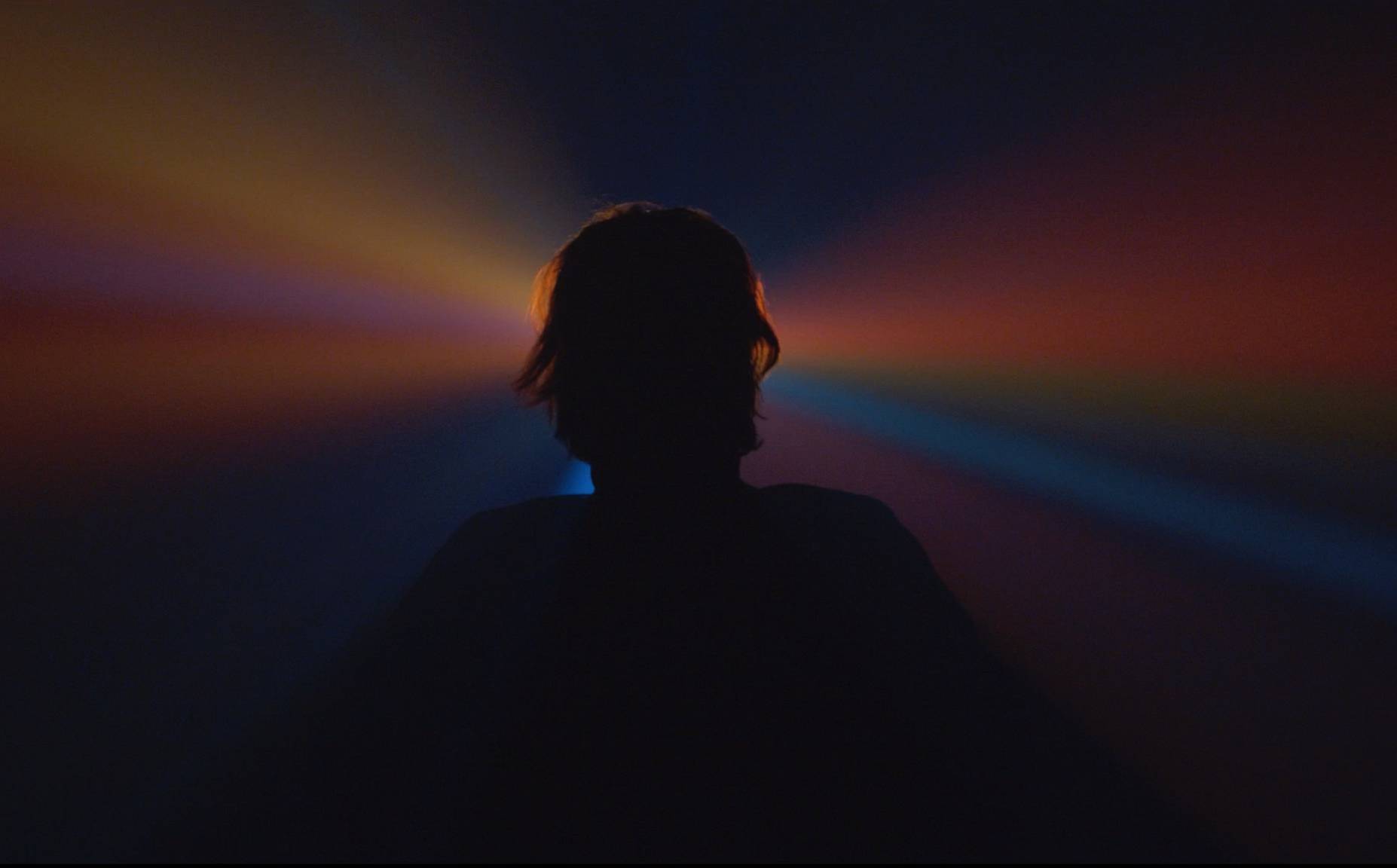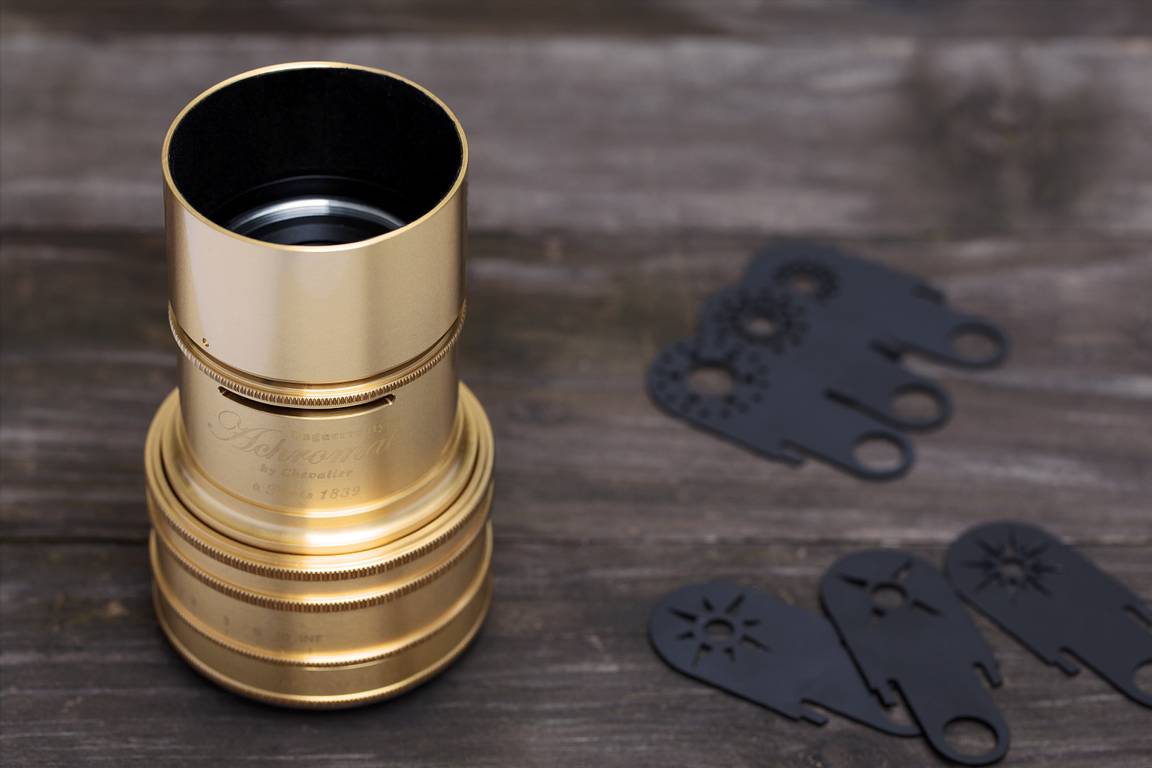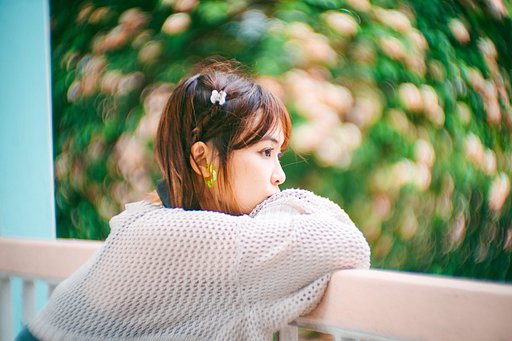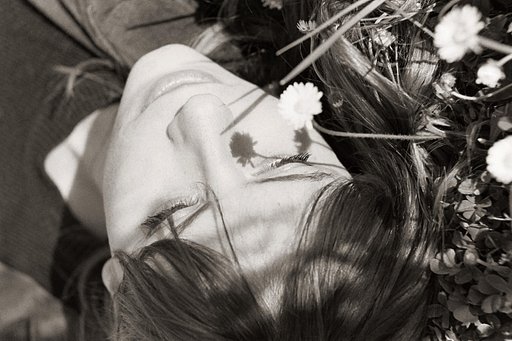Natacha Thomas' Surreal Cinema with the Daguerreotype Achromat Art Lens and Petzval Art Lens
1 6 Share TweetMeasuring and experimenting with how light moves through her lenses is the way the French filmmaker and director Natacha Thomas approaches her dreamy world of cinema. Highly influenced by the dynamic motions of David Lynch’s screen, Natacha often works with her Daguerreotype Achromat Art Lens and Petzval 80.5 MKII Art Lens for her own surreal signature style. We talked to Natacha and learned more about her work, her cinema style and her experiences with the lenses.
Hi Natacha, how things are for you as a photographer?
First of all, thank you for the invitation, Lomography! I do not really consider myself as a “real” photographer. I am above all a director who discovers more and more photography as a new creative tool to tell a story. So it would be a little presumptuous for me to believe that I’m a warned photographer. I have some more talented photographer friends around me and I’m really happy to have the opportunity to test that medium by myself.
I am a “baby photographer” who is having a lot of fun discovering film photography so we could tell that things are going pretty well ;)
Please share with us how you go into photography and filmmaking.
David Lynch actually got me into photography and filmmaking. It was a bit spontaneous. To go into any artistic work we need to accept that we do not know in advance the exact result, nor the journey we will live to do this work. We go into any artistic research because we feel it's the right time.
I worked for a long time at the "periphery" of the creation of images (it is even still the case today) in diffusion and/or production.
For my first film Red Tale — it was really a way to test myself, to test my desire, to present my way of seeing things, my way of telling them, since each film brings this into play. Every time, each film requires me to fall in love with an idea and to know that I really need to shoot it, to share it, to go to the next one, or just to forgive it. Filmmaking is an art of obsessions that we need to “kill” by sharing. I am also so lucky to have a fabulous team from project to project to share with me the journey.
A little bit different for photography, which for a long time seemed to me to be a more "lonely and technical" art. And then, there was the COVID, and there were months of confinement with my ex-fiancé who was a reporter and photographer. His camera and lenses were available to test without any outside pressure and with much free time. This weird time allowed me to discover how much fun you could have, how you could think about every side before shooting, how you could catch a feeling of a moment. Photography has this special intimate side.
Between the two mediums, which do you identify with the most?
Cinema seems easier to me, at least for the stories I want to tell and how I want to tell them. It is important for me to make the audience feel the story, immerse them in music, rhythm, movement. I need all these elements and many more. Filmmaking too is a collective art so when you are well surrounded, it is more relaxing.
So yes I am more comfortable in video creation even though I find more and more satisfying ways to use photography to tell a story. I really think that these two mediums are complementary and enrich each other. A movie gives me a new idea for photography work and vice versa.
For filmmaking -- May you share with us directors or movies that have inspired you recently?
I love the mystical poetry of a Darren Aronofsky or David Lowery, the cold and technical mastery of a Nicolas Winding Refn but finally, I always come back to the maestros: Dario Argento, Mario Bava and their sensual colors of nightmares, David Lynch and his free narration (in filmmaking but in photography and painting too), Henri-Georges Clouzot, Bill Viola for the experimental side and his sensitive way to tell a story.
You use the Daguerreotype and Petzval Art Lenses for filmmaking - what were the films for and please share why you chose these two lenses for the projects.
On The Late Marilyn, where we used the Daguerreotype Achromat Art Lens... the choice was mainly motivated by the ethereal softness that the lens gives to the image, that impression of a “druggy cottony nightmare”, the velvet of the lights around the subject, like an aura. A golden lens for a golden girl.
For Stendhal Syndrome, I chose the Petzval Art Lens for its swirling side, also sticking to the subject of this short movie: “falling in love, being swallowed up by a movie”. The Petzval lets me focus all the attention on the subject at the center, the only element “in focus” in the image. The world may as well collapse around them, but the viewers remain anchored to the passion that emerges on their faces.
For each film, each lens is chosen to reinforce the speeches of the story. Lenses are the extension of the eyes that use them. An extension of the vision we have about the story that we want to tell, the story that we want to make feel to the spectator.
When would you usually use the Daguerreotype and Petzval Lens for photography?
I've had more opportunities to work with the Daguerreotype for photography than with the Petzval so far. Daguerreotype is my first art lens. The Daguerreotype has this peculiarity of softness which is particularly well-suited to nature during summer. For example, a series of field flowers in the South of France allowed me to test different color filters to play with the Daguerreotype in black and white creations. I can't wait to dive into using the Petzval on portraits now.
These Art Lenses require more careful attention to adjust them correctly. Like the film versus digital, we must think of each image before we will take it, we do not "shoot for shooting even if it means erasing 20 photos at the end". I have the impression that this way of approaching photography gives ceremonial and increased importance to each shot. And it is this way that satisfies me the most in photography.
May you share with us some tips on using these Art Lenses for filmmaking?
Choosing to use Art Lenses for filmmaking means choosing to have a marked image right from the shoot, so you have to be sure of what you want before everything, and at the same time you need to accept that this image will be less controllable as it could be with ultra-modern lenses.
Part of the game of working with Art Lenses is the ambivalence of the tools. To use these lenses, you also want to test ideas that are sometimes unconventional. As with each "tool", the best advice is: to use them often, in many and varied conditions, to learn by practice the advantages and the constraints and to know how to integrate them to enrich your work or to discover new playgrounds.
What inspires you in general?
Inspiration is everywhere in the end... it depends on the place you want to give it (or can give it). A landscape, a sound, a color, a smell, everything can suddenly inspire an idea. The game is to know what idea we will follow and dig, how far we will let this idea take place in our brain. Control while remaining open to the unexpected.
But I think that personally, we can say that it is literature that inspires me the most. Without really wanting it, all my films are based on written material: the tales for Red Tale and Blossom, a quotation said in a lawsuit for Alchemia, the double-meaning quotes for The Late Marilyn! and the concept for Stendhal Syndrome.
Whether it be through reading, traveling, other films, meetings, living -- the important thing is to perpetually nourish, enrich and dig deeper and deeper into the subjects that we are going to deal with.
What's next for Natacha Thomas?
At the moment I am working on a feature film project and in parallel, I continue explorations. In Photography, I’m working on a project of portraits in 36 poses (where moreover I will use some Lomography films especially the series B&W and the LomoChrome Purple and Metropolis). In Filmmaking, I'm working on on a short film where Lovecraft meets Virginia Woolf. So I hope to show you more next time! ;)
Visit Natacha's website, Vimeo and Instagram for more of her work.





































One Comment